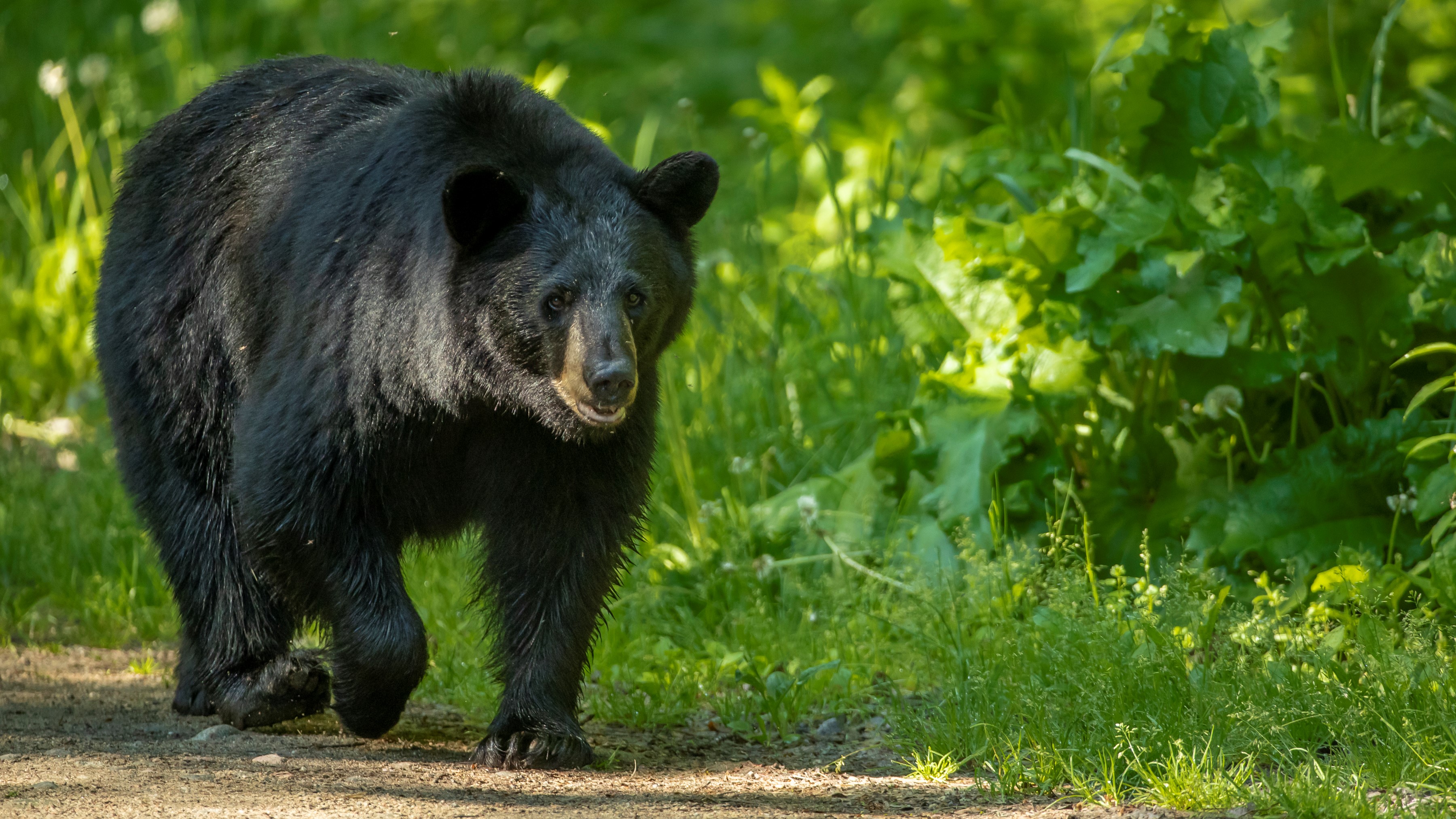Bear encounters are on the rise – here's what you should know if you meet one
Bears are becoming bolder in their summertime search for food, and numbers are rising in several states

It's official: bear encounters are on the rise in many parts of the US, so if you're planning a hiking or camping trip in the backcountry this summer, you need to be extra careful.
In North Carolina, officials have warned hikers that bears are becoming particularly bold in search of food. So far no bear attacks have been reported in the area, but the US Forest Service has advised visitors to the state to take particular care of their belongings.
“Forest visitors have reported bears tearing down bear bags from trees, carrying off backpacks, spending hours near campsites and being unaffected by efforts to scare them away," the service said in a statement.
Meanwhile, bear encounters in New Jersey have more than doubled compared to last year, with increasing numbers of the animals straying out of the wilderness and onto private property, and there has been an increase in sightings in Oklahoma where the population is growing by 6% each year.
Several people in the state have reported bears wandering into unexpected locations. "These bears are likely young males traveling long distances, up to 80 miles one way, in search of females," said said Jeff Ford, senior wildlife biologist for the Oklahoma Department of Wildlife Conservation.
How to keep yourself safe
Like most animals, bears are more likely to run away than confront a human, and bear attacks are rare, but it's always wise to be prepared before heading out running, hiking or camping in the backcountry.
The first and most important thing is to keep your distance, and never get between a mother bear and any cubs she may have nearby in early summer. Follow safety information in the local area (check out the visitor information desk if you're at a National Park) and plan your route based on known trails.
Advnture Newsletter
All the latest inspiration, tips and guides to help you plan your next Advnture!
If you find yourself too close for comfort and the bear hasn't seen you, stay out of sight and ideally downwind as you back away and leave the area as quickly as possible. Secure any pets, and keep children close.
If the bear does spot you, back away slowly while talking calmly, and raise your arms to make yourself look larger. Don't be tempted to run to avoid triggering the bear's predatory instincts, and watch the bear's movements without making eye contact.
For more tips and advice, see our guide on what to do if you meet a bear.

Cat is Homes Editor at TechRadar and former editor of Advnture. She's been a journalist for 15 years, and cut her teeth on magazines before moving online. She helps readers choose the right tech for their home, get the best deals, and do more with their new devices.
